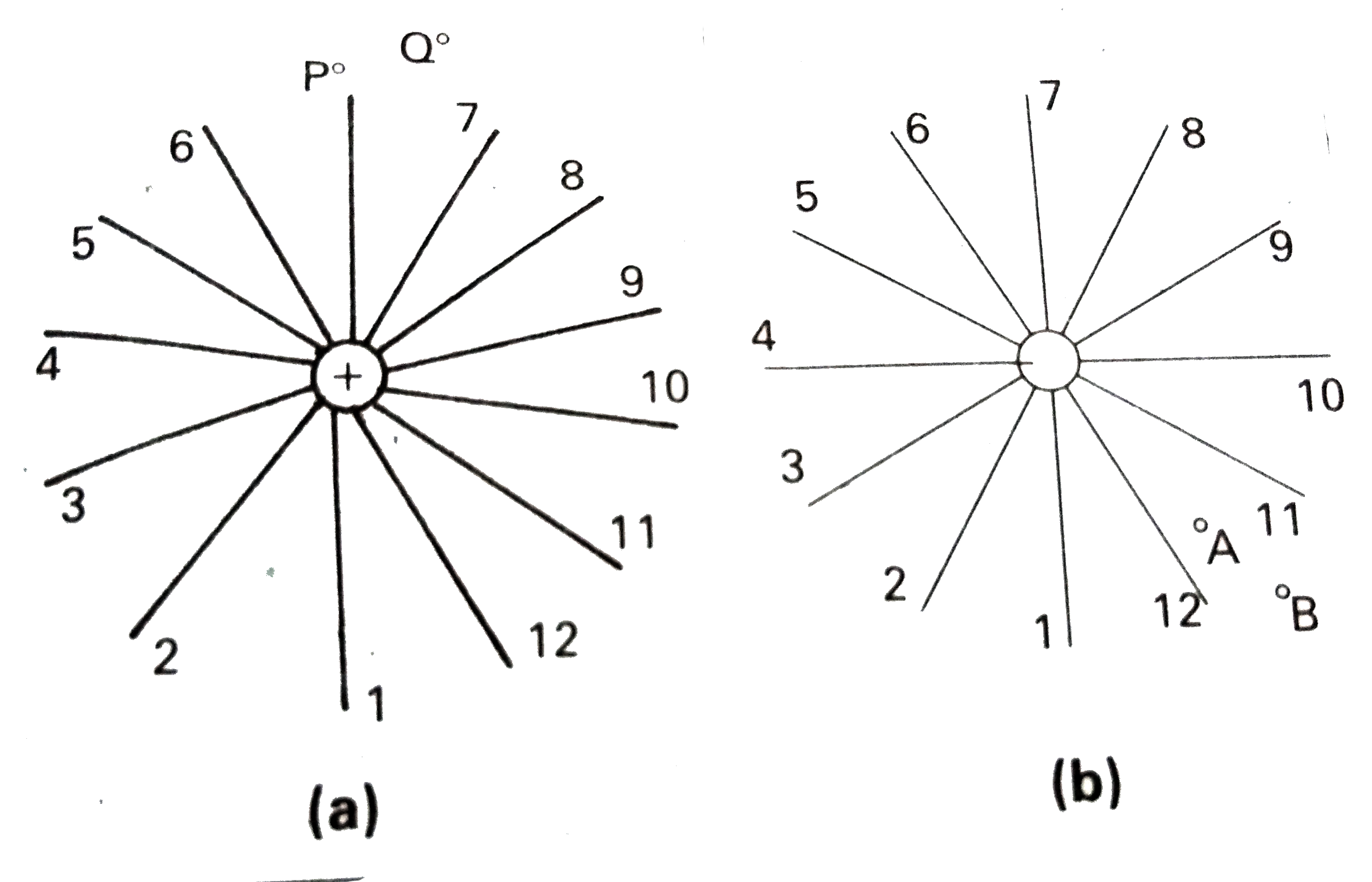If Coulomb's law involved dependence (instead of ), would Gauss's law be still true ? Solution in Telugu
No Gauss'a law will not be true if coloumb's law involved dependence instead of dependence.
Topper's Solved these Questions
- BOOK - VIKRAM PUBLICATION ( ANDHRA PUBLICATION)CHAPTER - ELECTROSTATIC POTENTIAL AND CAPACITANCEEXERCISE - Textual Examples10videos
ELECTROSTATIC POTENTIAL AND CAPACITANCE
- BOOK - VIKRAM PUBLICATION ( ANDHRA PUBLICATION)CHAPTER - ELECTROSTATIC POTENTIAL AND CAPACITANCEEXERCISE - Important Questions3videos
ELECTROSTATIC POTENTIAL AND CAPACITANCE
- BOOK - VIKRAM PUBLICATION ( ANDHRA PUBLICATION)CHAPTER - ELECTROSTATIC POTENTIAL AND CAPACITANCEEXERCISE - Textual Exercises11videos
ELECTROSTATIC POTENTIAL AND CAPACITANCE
- BOOK - VIKRAM PUBLICATION ( ANDHRA PUBLICATION)CHAPTER - ELECTROMAGNETIC WAVEEXERCISE - ADDITIONAL EXERCISES19videos
ELECTROMAGNETIC WAVE
- BOOK - VIKRAM PUBLICATION ( ANDHRA PUBLICATION)CHAPTER - MAGNETISM AND MATTEREXERCISE - Additional Exercises19videos
MAGNETISM AND MATTER
Similar Questions
Figure (a) and (b) shows the field lines of a positive and negative point charge respectively.

Give the signs of the potential difference Vp−VQ,VB−VA.02:44View SolutionThree capacitors of capacitances 1muF,2muF and 3muFare connected in parallel
(a) What is the ratio of charges ?
(b) What is the ratio of potential differences ?04:33View SolutionTwo charges 5×10−8Cand−3×10−8C are located 16 cm apart. At what point(s) on the line joining the two charges is the electric potential zero? Take the potential at infinity to be zero.
02:32View SolutionSuppose that the electric field part of an electromagnetic wave in vacuum is E={(3.1 N/C) cos [(1.8 rad/m)y+{5.4×106 rad/s} t]} i.
What is the direction of propagation ?04:43View SolutionWhy does a paramagnetic sample display greater magnetisation (for the same magnetising field) when cooled?
View SolutionIf Coulomb's law involved 1/r^3 (instead of 1/r^2) , would Gauss's law still be true?
02:16View SolutionState Gauss's Theorem in electrostatics and deduce coulomb's law from Gauss's theorem.
03:08View SolutionIf Coulomb's law involved 1/(r^3) dependence (instead of 1/(r^2) ), would Gauss'law be still true?
07:40View SolutionIf It is 1/r^2.5 in place of 1/r^2 , would Gauss's law still hold?
02:27View SolutionIf Coulomb's law involved 1/r3 dependence (instead of 1/r2), would Gauss's law be still true ?
08:13View SolutionObtain Gauss's law from Coulomb's law.
02:18View SolutionObtain Coulomb's law from Gauss's law.
02:09View SolutionAnswer carefully:
(a) Two large conducting spheres carrying charges Q1 and Q2 are brought close to each other. Is the magnitude of electrostatic force between them exactly given by Q1,Q2/4πε0r2, where r is the distance between their centres?
(b) If Coulomb’s law involved 1/r3 dependence (instead of would Gauss’s law be still true ?
(c) A small test charge is released at rest at a point in an electrostatic field configuration. Will it travel along the field line passing through that point?
(d) What is the work done by the field of a nucleus in a complete circular orbit of the electron? What if the orbit is elliptical?
(e) We know that electric field is discontinuous across the surface of a charged conductor. Is electric potential also discontinuous there?
(f) What meaning would you give to the capacitance of a single conductor?
(g) Guess a possible reason why water has a much greater dielectric constant (= 80) than say, mica (= 6).View SolutionIf Coulomb's law involved 1/r^3 instead of 1/r^2 , would Gauss's law still be true?
View SolutionEstablish Coulomb's law from Gauss's theorem.
01:11View Solution

